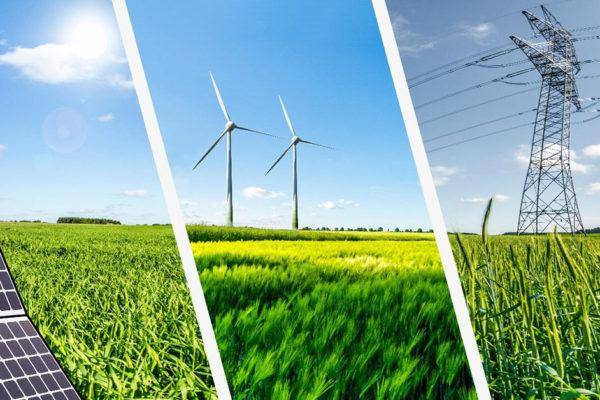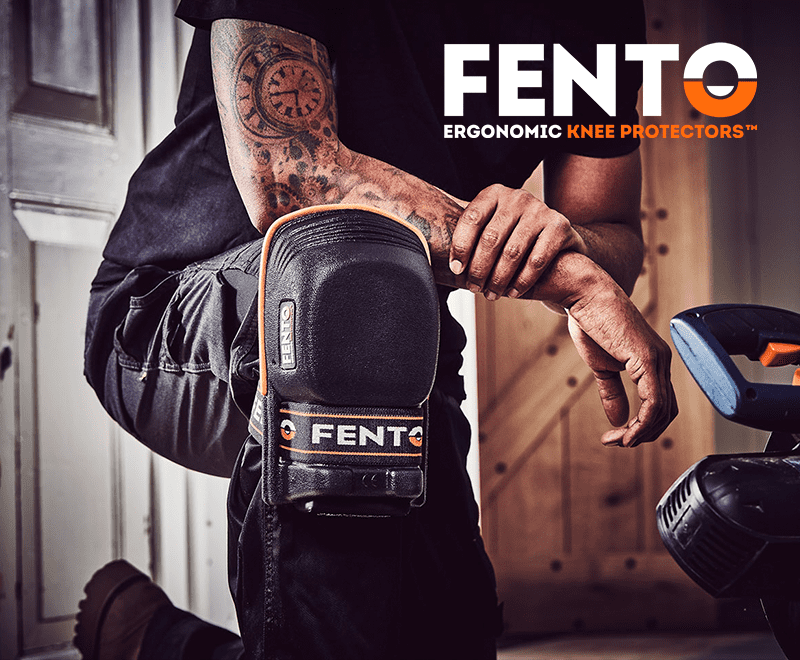The popularity of electric underfloor heating is rising fast. So, as the UK’s leading supplier of electric underfloor heating, we thought we’d look at why it has become so popular pairing electric underfloor heating with renewables.
Not only are homeowners looking for the luxury feel it delivers but they are also looking for sustainable alternatives to traditional central heating which burns gas, oil and other harmful fuels.
What is renewable energy?
Renewable, green, sustainable.
Environmentally-friendly energy goes by a few names but essentially means any method of energy production which does not directly contribute to carbon emissions.
Climate change is contributed to by an increasing percentage of carbon dioxide in our atmosphere. The greatest cause of this is the use of fossil fuels – gas, oil or coal. These captured carbon from our atmosphere millions of years ago, which is now released as they burn.
The two most common forms of renewable energy are solar and wind.
Solar power turns sunlight into electricity, either directly using photovoltaics (solar panels) or indirectly using systems which can concentrate solar energy (heat) to drive generators.
This is most commonly seen in the increasing number of solar farms – large numbers of commercial solar panels on disused or waste land – or domestic solar panels on the rooves of homes, offices and other buildings.
Sustainable wind power consists of large wind turbines situated on agricultural land or out to sea in shallow water. The blades of the turbines are turned by the wind which drives an internal generator to produce electricity. Increasingly, farmers, industry and commercial sites also use smaller wind turbines for their own energy production.
Apart from the initial manufacturing and maintenance of solar and wind power equipment, renewable energy does not produce any carbon emission whilst creating electricity. Thus, it is sustainable.
On a sunny and breezy day, the UK can now produce more than 50% of all its energy from renewable sources.
Additional electricity is produced by nuclear energy, which – whilst not regarded as renewable due to issues with nuclear waste – also does not produce carbon emissions.
Why electric underfloor heating?
Electric underfloor heating uses electric heating elements in or beneath the top layer of flooring to produce warmth throughout a room or building.
It has some distinct advantages over traditional central heating using radiators:
- produces a more even warmth
- heats from the very lowest level upwards
- runs at a much lower temperature (typically 35°c compare to 70°c)
- avoids radiators for more flexible interior design
Underfloor heating can also be fitted using water filled pipes, pumping warm water from a traditional boiler. However, whilst this has a number of advantages over traditional radiators, it is less sustainable than electric underfloor heating.
In efforts to avoid burning fossil fuels, electric underfloor heating has seen an exponential rise in popularity.
How can you pair electric underfloor heating with renewable energy?
There are two primary ways to pair electric underfloor heating with renewable energy for more sustainable heating – indirectly and directly.
Electric underfloor heating can be indirectly paired with renewables by using mains (national grid) electricity.
As 50% or more of UK electricity is frequently generated from renewable sources, the use of mains electricity is far more sustainable than traditional gas, oil or coal fuelled central heating.
In addition, the cost of electricity has not risen as exponentially as gas following the war in Ukraine, making electric underfloor heating more affordable too.
Domestic and commercial energy users can opt to have a green energy tariff or contract. This ensures that, whilst the electricity they consume still comes from a number of sources, the money they pay contributes only to renewable energy.
Electric underfloor heating can also be directly paired with renewable energy sources within a home or building.
Homeowners and commercial building owners are increasingly using solar panels mounted on rooves to generate electricity.
When paired with solar panels, electric underfloor heating is highly sustainable. Solar panels can directly power underfloor heating – often even on dull winter days – and contribute surplus electricity back to the grid when it is not required.
Why is demand rising for electric underfloor heating paired with renewables?
As many stockists and tradespeople will attest, the demand for electric underfloor heating is rising fast.
This is being driven by two main reasons:
- Net Zero and Part L legislation changes
The UK government has recently introduced regulation changes aimed at helping the country reach its ambitious Net Zero (carbon neutrality) targets by 2050.
Traditional heating systems which burn gas, oil or even coal, are quickly becoming unsuitable for future homes and buildings. Though there is not a set date for their ban, it is suspected one is not far away.
In 2022, Part L Building Regulations were changed to ensure all new-build homes produce 31% fewer CO2 emissions than was previously acceptable. Commercial buildings must produce 27% fewer.
Further reductions are expected in the next few years which will ensure new properties are as much as 75-80% lower than before.
In a 2020 white paper entitled ‘Powering Our Net Zero Future’, the UK government stated that the increased use of electricity is critical to reaching Net Zero targets.
This has facilitated an increase in the suitability, desirability and sustainability of electric-powered heating – including electric underfloor heating.
By choosing electric underfloor heating for their projects, tradespeople can align their practises with the latest legislation.
2. Tradespeople and homeowner demand
In a recent Rated People study, 63% of tradespeople reported actively making climate-conscious changes.
The same survey revealed almost half of UK homeowners want to make changes to make their property more environmentally friendly. Demand for electric underfloor heating is reported to have increased by more than 30%, placing it in the top 10 of sustainable changes consumers want to make.
Going greener is becoming a smart business decision for tradespeople and their suppliers.
Also, electric underfloor heating is more energy efficient than traditional heating.
Whilst a conventional boiler and radiator system runs at around 70°C, electric underfloor heating only needs to achieve approximately 35°C. It warms up quicker and uses less energy.
Positioned on walls, radiators only heat the air closest to them. This hot air rises to the ceiling which can cause cold spots and cool floors.
Electric underfloor heating produces even warmth across the whole floor, concentrated at the level people inhabit. It’s cosy underfoot and is increasingly seen as a luxury addition to even the most modest of homes.
How can Amber help with pairing electric underfloor heating with renewables?
Here at Amber, we have over 30 years’ experience producing and supplying electric underfloor heating. Our products are available through our wide network of stockists, including wholesalers, distributers and kitchen, bathroom and tile showrooms.
Alongside our own range of Amber products, we are also the UK and Ireland’s leading supplier of DEVI electric underfloor heating.
Our products are increasingly being chosen to provide more efficient and sustainable heating – particularly when pairing electric underfloor heating with renewables.
Get in touch today to find out more about becoming a reseller – click here








